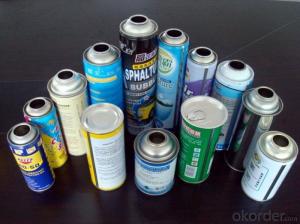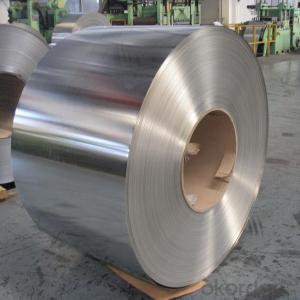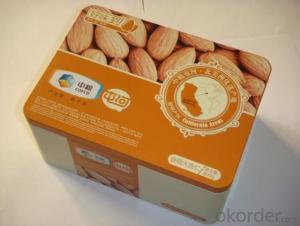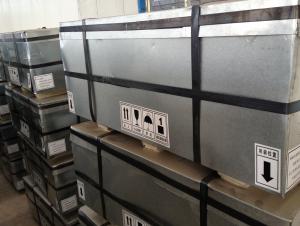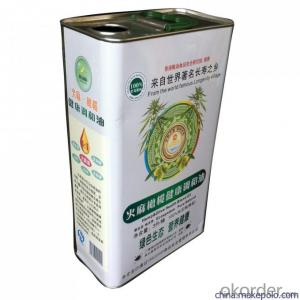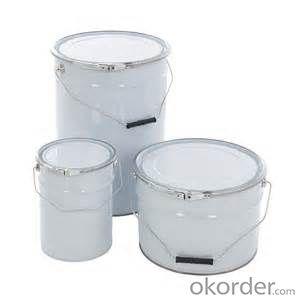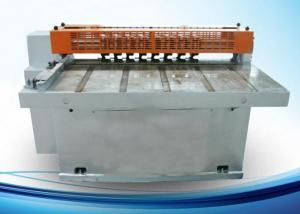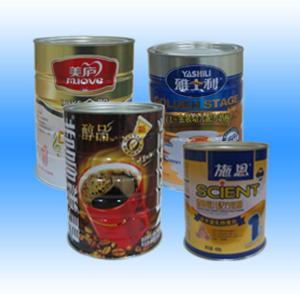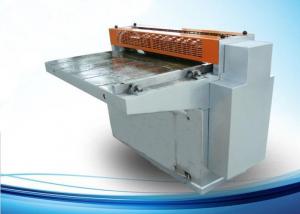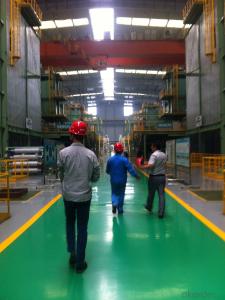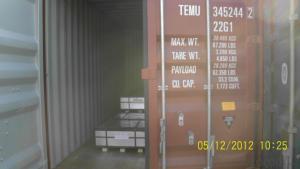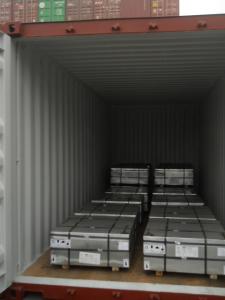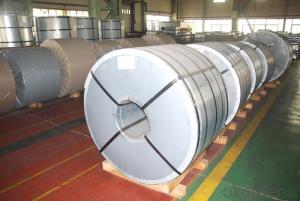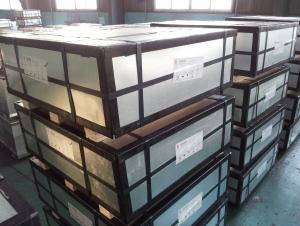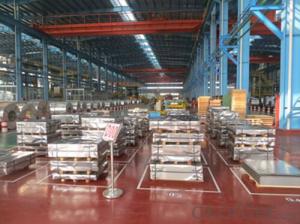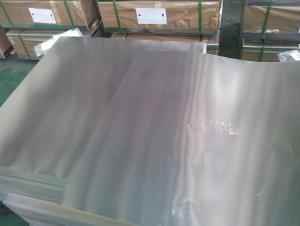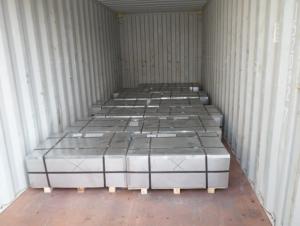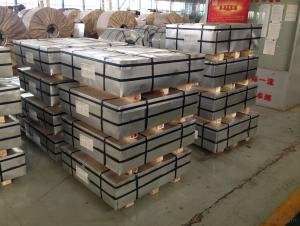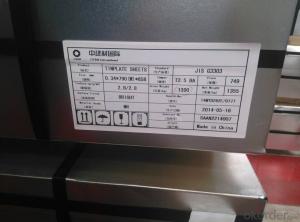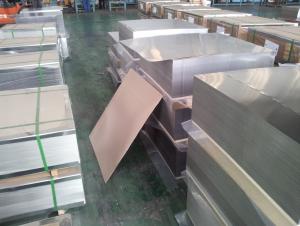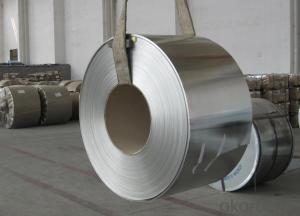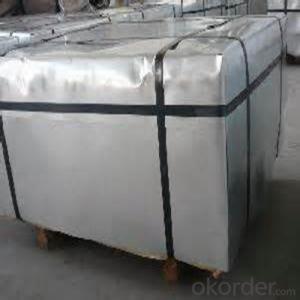Mth Lionel Tinplate Trains
Mth Lionel Tinplate Trains Related Searches
Lionel Mth Tinplate Trains Lionel Tinplate Trains Mth Tinplate Trains Lionel Tinplate Train Sets Mth Lionel Tinplate Tinplate Model Trains Marx Tinplate Trains Hornby Tinplate Trains Lionel Corporation Tinplate Lionel Tinplate Set O Gauge Tinplate Trains Lionel Tinplate Classics Tinplate Metal Tinplate Iron Lionel Tinplate 2017 Lionel Tinplate Traditions Lionel Tinplate Catalog Mth Tinplate Christmas Lionel Tinplate Christmas Lionel Tinplate Blue Comet Mth Tinplate Lacquered Tinplate Mth Tinplate Catalog Tinplate Fire Engine Tinplate Products Ltd Tinplate Lids Mth Tinplate Set Tinplate Printing Machine Tinplate Submarine Marx TinplateMth Lionel Tinplate Trains Supplier & Manufacturer from China
Mth Lionel Tinplate Trains are a collection of vintage-style model trains that have been meticulously crafted to replicate the classic look and feel of early 20th-century locomotives. These trains are highly sought after by collectors and enthusiasts who appreciate the historical significance and detailed craftsmanship of these miniature replicas. Mth Lionel Tinplate Trains are designed to provide an immersive and nostalgic experience, allowing users to relive the golden age of railroading in their own homes or model train layouts.These trains are commonly used in home model train setups, where hobbyists can create intricate and detailed landscapes to showcase their Mth Lionel Tinplate Trains. They are also popular for display purposes, as their antique appearance adds a touch of elegance and charm to any room. Additionally, these trains are often used in educational settings to teach children about the history of railroads and the evolution of transportation. Mth Lionel Tinplate Trains offer a unique blend of entertainment, education, and aesthetic appeal, making them a versatile and valuable addition to any collection.
Okorder.com is a leading wholesale supplier of Mth Lionel Tinplate Trains, offering a vast inventory of these sought-after model trains to customers worldwide. As a reliable source for high-quality products, Okorder.com ensures that each Mth Lionel Tinplate Train is manufactured to the highest standards, providing customers with a product that is both durable and visually stunning. With a commitment to customer satisfaction and a focus on providing the best possible selection, Okorder.com has become the go-to destination for those looking to purchase Mth Lionel Tinplate Trains at competitive prices.
Hot Products

